- Joined
- Mar 28, 2001
- Messages
- 6,341
Gary thank you for this. When the stone is rotated 45 degrees is that placing the beam of light directly on the same type of facet reflection yet on a different lower half? When I captured the images above I dragged the beam of light with my mouse. I can see how placing the beam of light on the twisted facet and rotating the stone within DiamCalc would give a more precise comparison. Fricken cool.Date: 9/19/2005 12:01:03 AM
Author: Garry H (Cut Nut)
this is the same stone rotated 45 degrees.
Now you can better compare the 2 ray traces.
(Rhino sent me the dmc file)
(I also set the reflections to 9 and the minimal intensity to 0% - these controls are under Options - toptool bar > Advanced > Ray tracing, then the left side of the dialogue box)
Hopew this helps



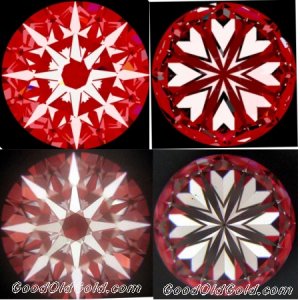
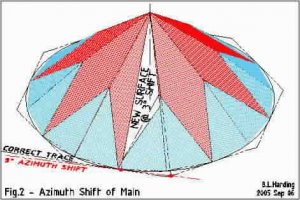
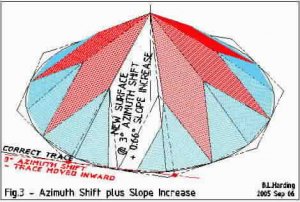
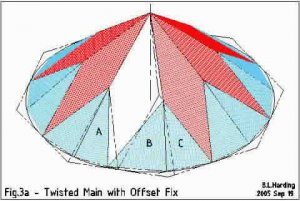



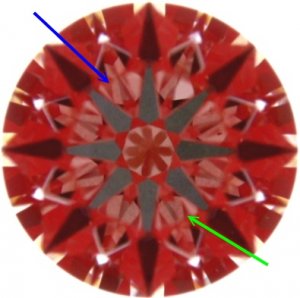
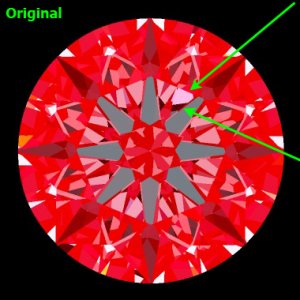
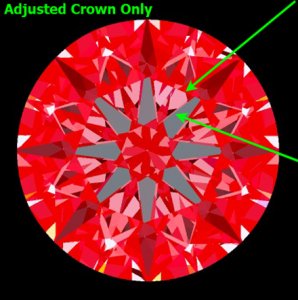




300x240.png)